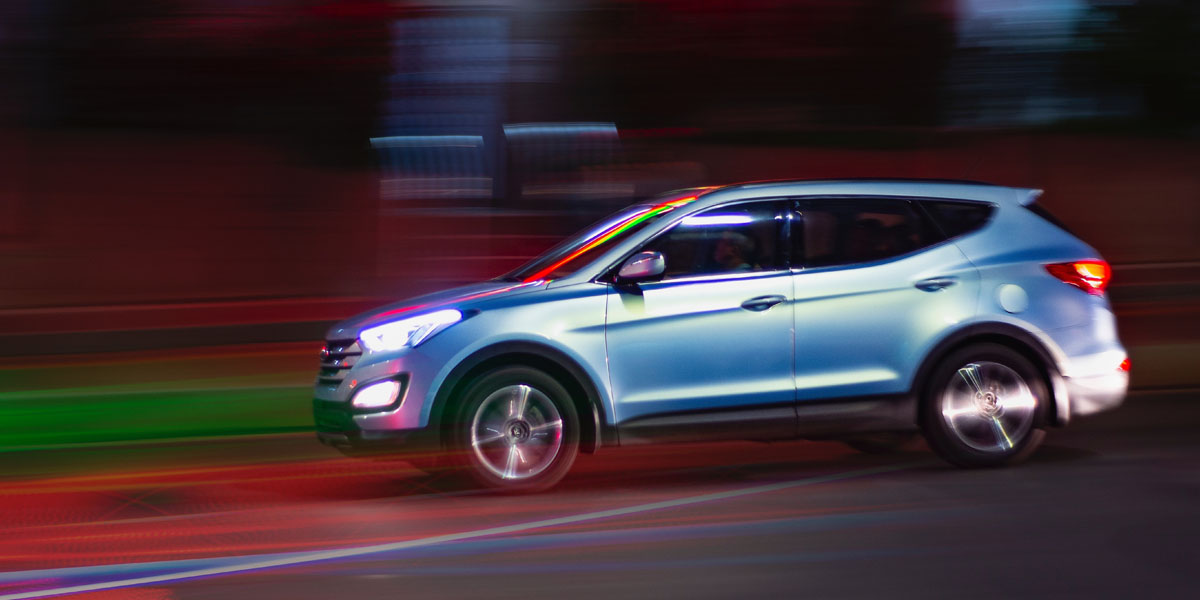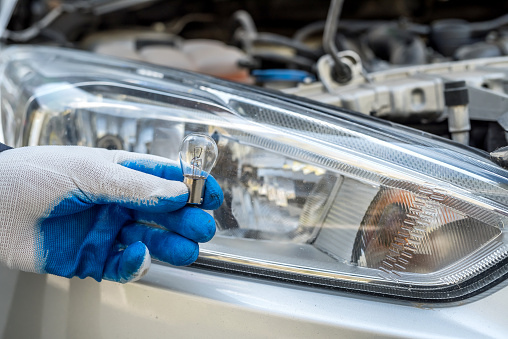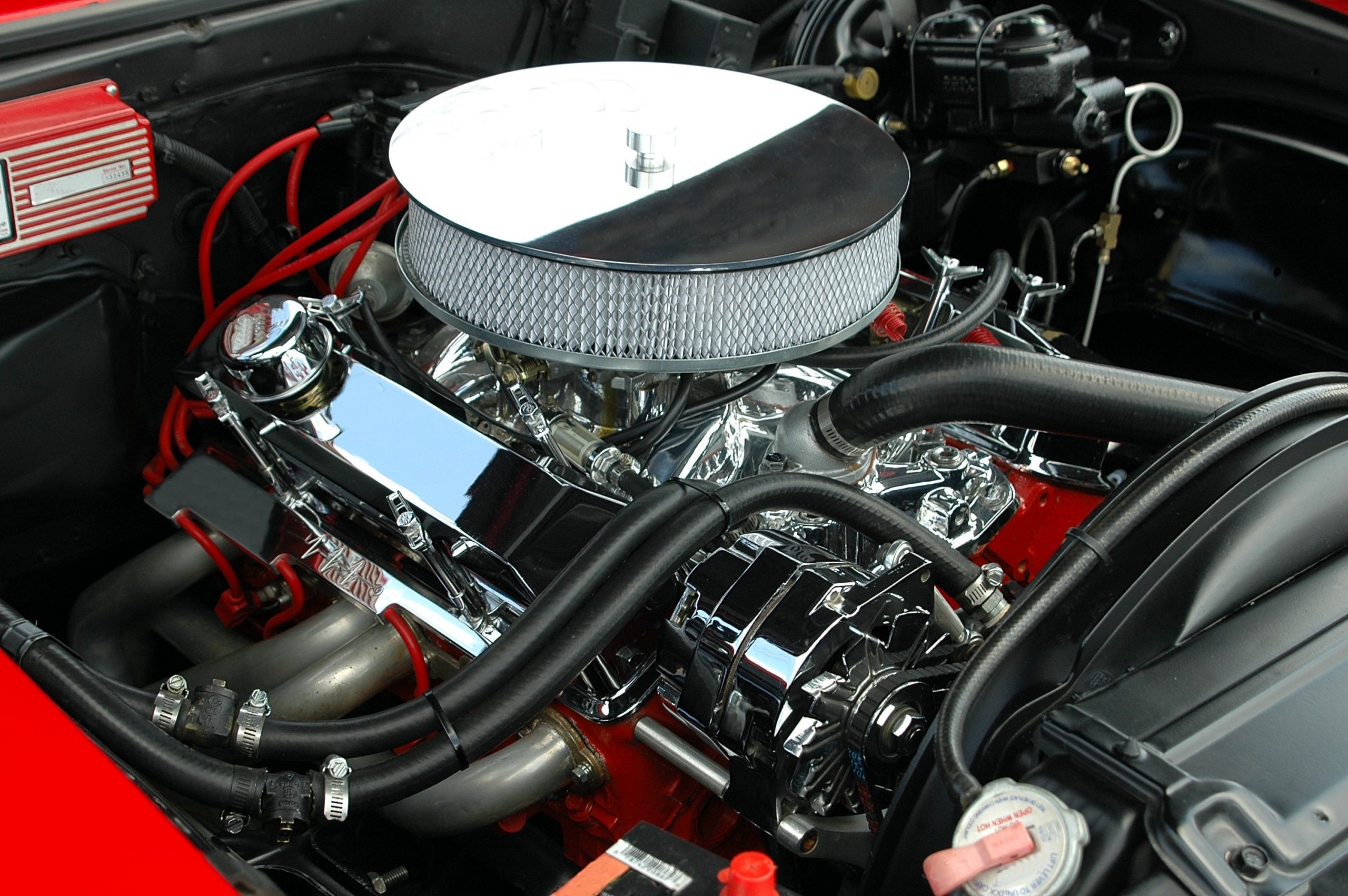The Hyundai and Kia developed predictive shifting to make gear control more civilized. The Information and Communication Technology (ICT) selects the optimal gear shift on its own based on the road condition and traffic. It has an AI algorithm employed for efficiency.
The Expectations Explained
The Hyundai and Kia on the development of predictive shifting have come a long way in concept. ICT connected system will be using the Transmission Control Unit (TCU) that pulls real-time data. To predict the different conditions of the surrounding, the navigation equipment like road maps, onboard cameras, and radar will play role. It has an AI algorithm, to optimize performance as it will convert to neutral saving fuel when the car is in a stagnant state. It is expected to automatically convert to sports mode once it goes to the highway.
Learning From Past Automobile Technology
Although both the automobile companies have claimed that this technology will enhance driver comfort and will bring fuel efficiency, automobile history shows otherwise. The automatic transmission that has gear shift automation has much more fuel consumption than an average manual car. So, having fuel efficiency while the gear-shift is automatic seems pretty complicated. The smart technology of Artificial Intelligence is expected to play the role here.
AI That Can Predict and Respond Like Human
As humans can judge the situation and respond accordingly employee sixth sense that machine is missing. Till now what we see in the arena of artificial intelligence, the cognitive learning part is fast but not efficient. So, before Hyundai and Kia launch this in the market, it is crucial that this part of ICT is checked, rechecked, and executed. It also requires smart technology availability to masses and at a different level.
The Failure Probability of Concept
We cannot pinpoint the percentage of chances of failure of this ICT. But based on analysis of previous concepts like driverless cars or autonomous vehicles we can say that there is a long way to go. Because such types of concepts look perfect on paper, but when faced with real-life situations they fail. And as driving a car where human has less control over the machine, is pretty dangerous. It makes not the life of car occupants vulnerable, but others on road will also be under greater threat. So, it is a huge responsibility when it comes to the execution of the concept.
Multiple Authorities Scrutiny
There are several authorities closely scrutinizing the driving experience, safety factor, and comfort. So, this concept needs to be properly dry-run, as once the test fails the chances of having it again are a waste of time and money.
The Practical Positive
The system reduced shifts in cornering by 43% and braking by 11%
(Thomas Net)
The progress of technology is satisfactory till now in initial testing. In an ideal situation, it has reduced the gear shift and braking, which shows that it is going in the right direction. The plan is to communicate with the traffic signals through LTE or 5G, so the car and traffic signal work in synchronization.
Although it seems to come in the market after some time, we are positive that it will be able to fight the existing limitations. It should also be kept in mind, that not only automobiles but other industries will see greater fruits of their leap-of-faith in technology investment, once there is a breakthrough in Artificial Intelligence, IoT, and likes. Hence predictive shifting looks promising for automobile industry.




